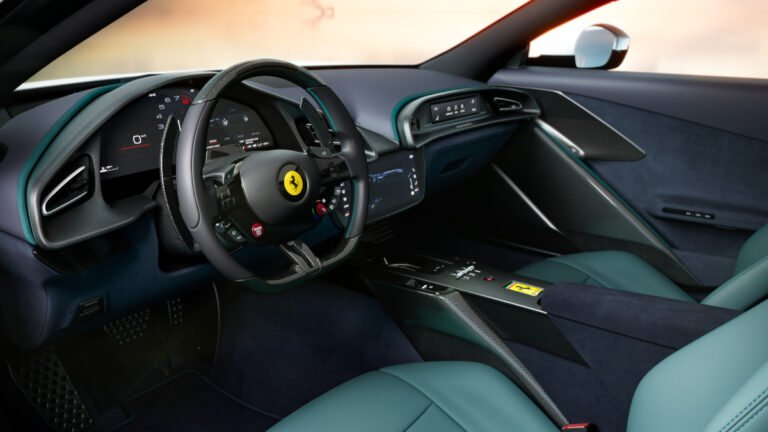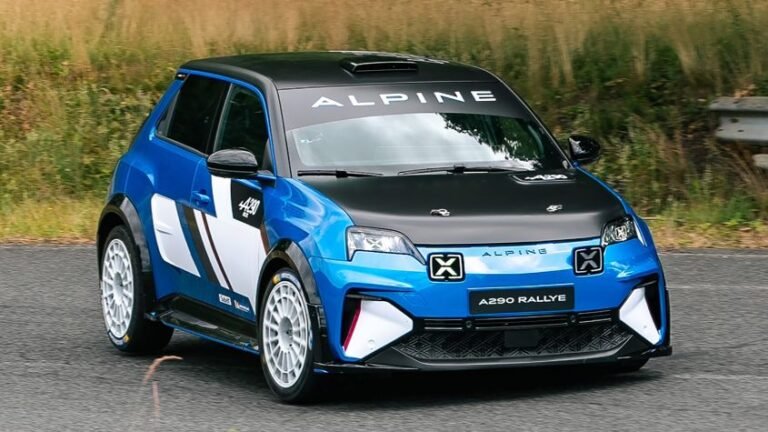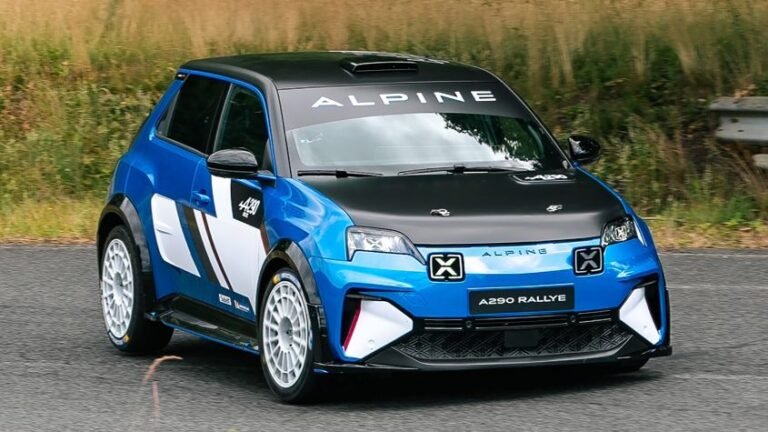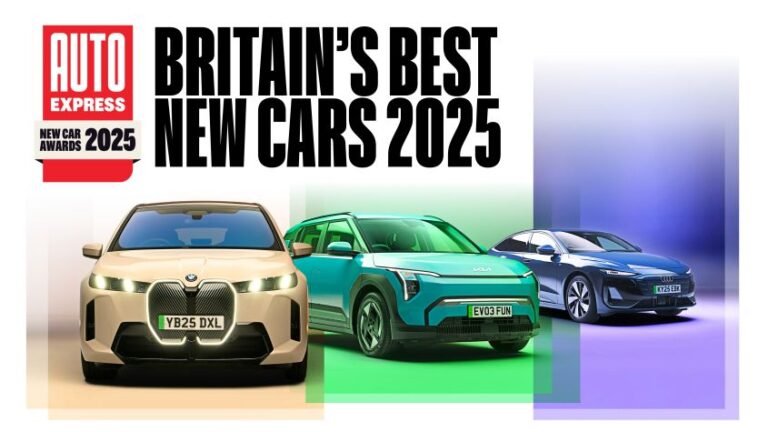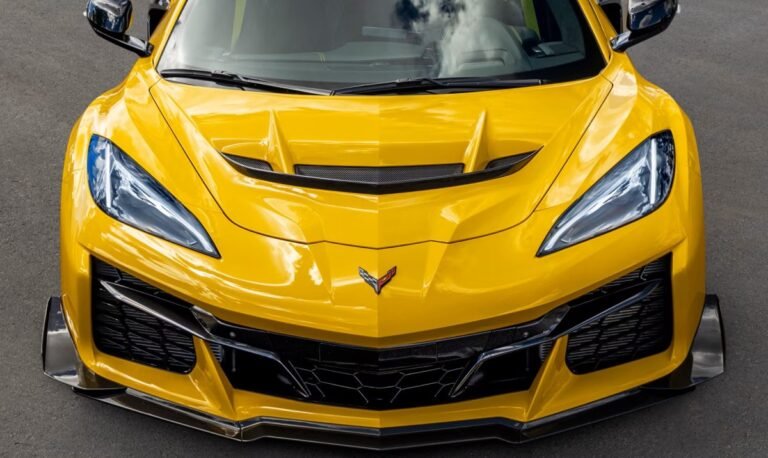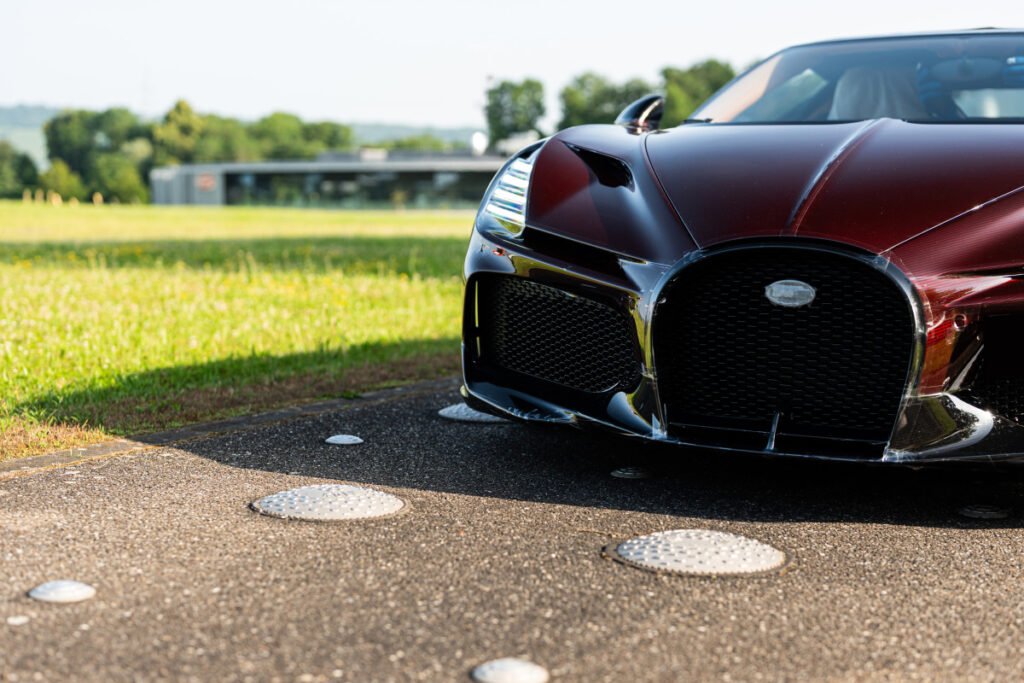
Bugatti’s quality testing is on another level
Quality control is an important part of the car production process, ensuring that new vehicles arrive in the possession of customers with as close to zero defects as possible. Despite this, many drivers still struggle with quality issues in the first few months of vehicle ownership. While mass-market brands can get by with a few issues – or more than a few, if you’re Ford – the standards are much higher for exotic brands like Bugatti. To underline that point, the French automaker has shared the meticulous quality control measures put into place for its exclusive W16 Mistral.
$5-Million Drop-Top Undergoes Exhaustive Pre-Delivery Testing
Bugatti
Only 99 examples of the W16 Mistral will be produced, and with each owner expected to pay in the region of $5 million for this beauty, it goes without saying that they expect perfection. This car is also a tribute to the iconic W16 engine, and Bugatti developed it with the intention of it becoming the fastest roadster on the planet – which it has achieved. Those are high stakes, so quality has to be impeccable, too.
“The W16 Mistral represents the pinnacle of our roadster heritage and the final expression of our legendary W16 engine. Such significance demands nothing less than a constant pursuit of perfection in every detail, throughout the car,” said Christophe Piochon, President of Bugatti Automobiles.
Before delivery to each owner, the car is put through a painstaking evaluation across a distance of at least 400 km (249 miles). This intense assessment of vehicle quality began with the Veyron, which was put through a similar 217-mile test that Piochon himself helped to design.
Alsace Landscape Provides Ideal Testing Environment

A region in northeastern France, Bugatti chose Alsace as the location for each handcrafted Mistral’s final test. But the company didn’t select this picturesque location for its pretty views alone. This route allows the car to traverse winding roads, long stretches of highway, and mountain passes, amid changing elevations. Each stage challenges the car in a unique way.
On the route, testers and technicians evaluate the following elements:
- Noise testing with the roof opened and closed
- Gear changes during acceleration and deceleration
- Potential chassis irregularities
- Analysis of the exhaust note
- Emergency braking, ABS, and ESP systems
- Fit, feel, and functionality of cabin features
- Steering feel and responses
Remarkably, Bugatti says it will partially or even completely disassemble the W16 Mistral, should any irregularity be serious enough to justify it. Considering this is a handcrafted exotic – the engine alone takes six days and two experts to manually assemble, and we know past Chirons could take two months to build in their entirety – we can’t imagine the pain of seeing your work of art taken apart because of some flaw, no matter how minuscule.
Only Three People Are Qualified Enough To Conduct Quality Checks
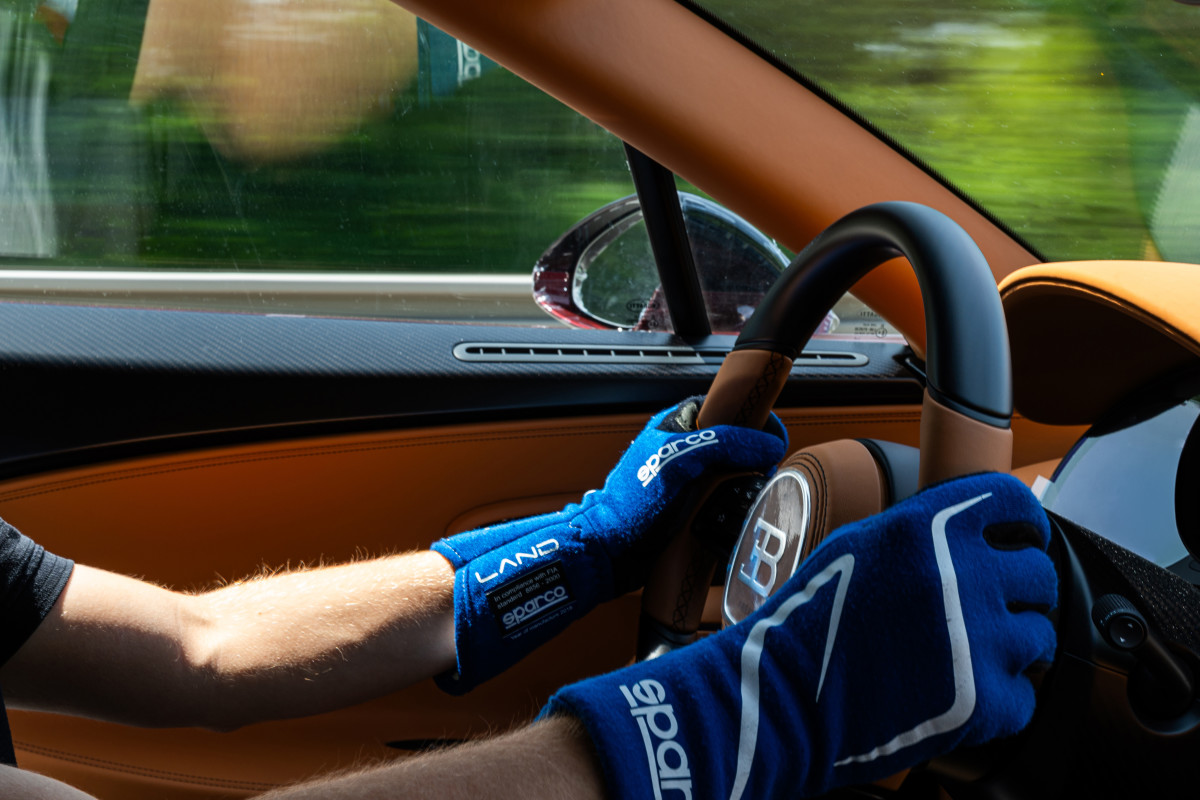
Without naming them, Bugatti states that only three experts have the necessary skillset, experience, and dedication to complete the W16 Mistral’s quality appraisal. Referred to as “automotive virtuosos” by Bugatti, the individuals can pick up the slightest irregular sounds or vibrations that wouldn’t be perceptible to the average driver.
As much as 90% of quality validation for the W16 Mistral is completed by a human, while the remaining 10% relies on electronic diagnostics to pick up any issues.
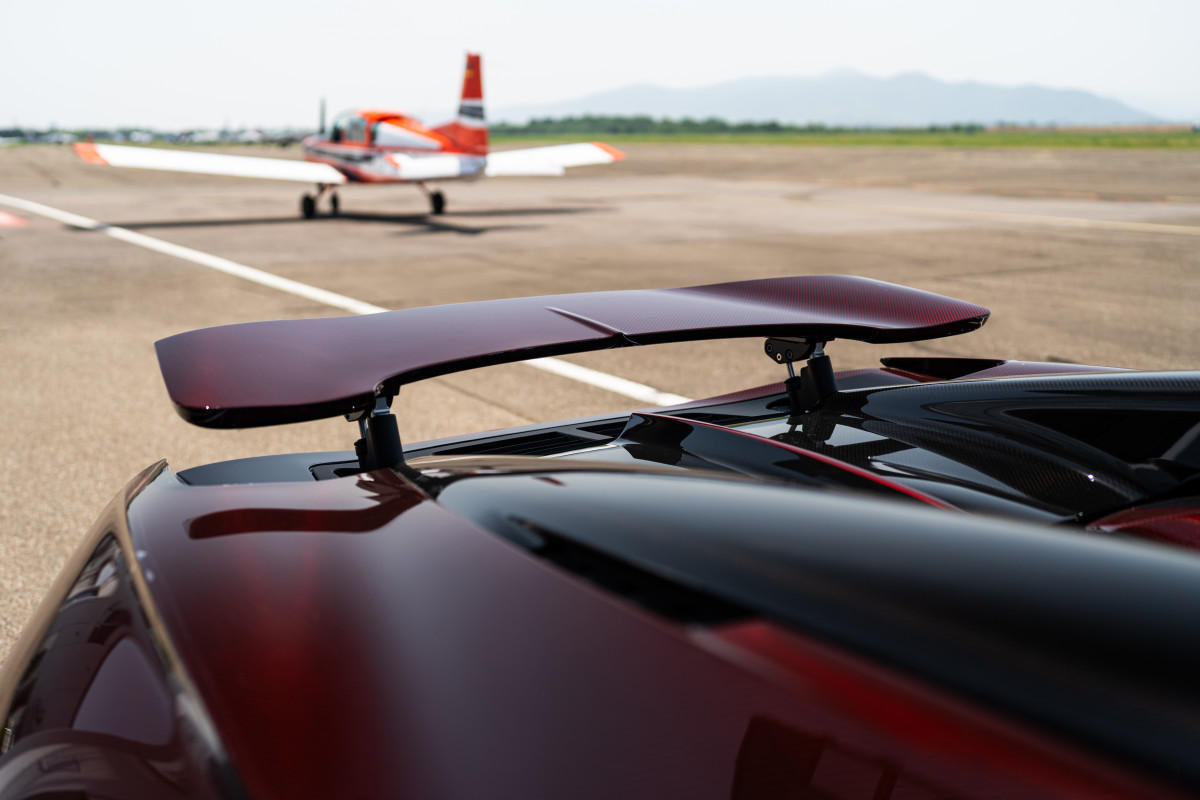
The testing procedure includes high-speed track driving at the Colmar airfield. Here, the car is evaluated at speeds of up to 300 km/h (186 mph). Higher speeds also demand a strenuous assessment of the car’s roof, from its removal process to its resistance at the high speeds the car is capable of.
If any imperfections are identified, they’re corrected. This is followed by a secondary verification test of around 30 miles or so, and this cycle is repeated until all flaws are entirely eliminated.
“Bugatti stands as one of the few manufacturers conducting 100% comprehensive appraisal of every vehicle. Our dedication to this process establishes a true benchmark in the industry,” said Philippe Grand, Director of Quality at Bugatti. “In every aspect of engineering, design, craftsmanship and performance a Bugatti must be incomparable, so it was crucial for us to also develop a testing process so comprehensive that it would be without compromise.”
W16 Mistral Is A True Work Of Art
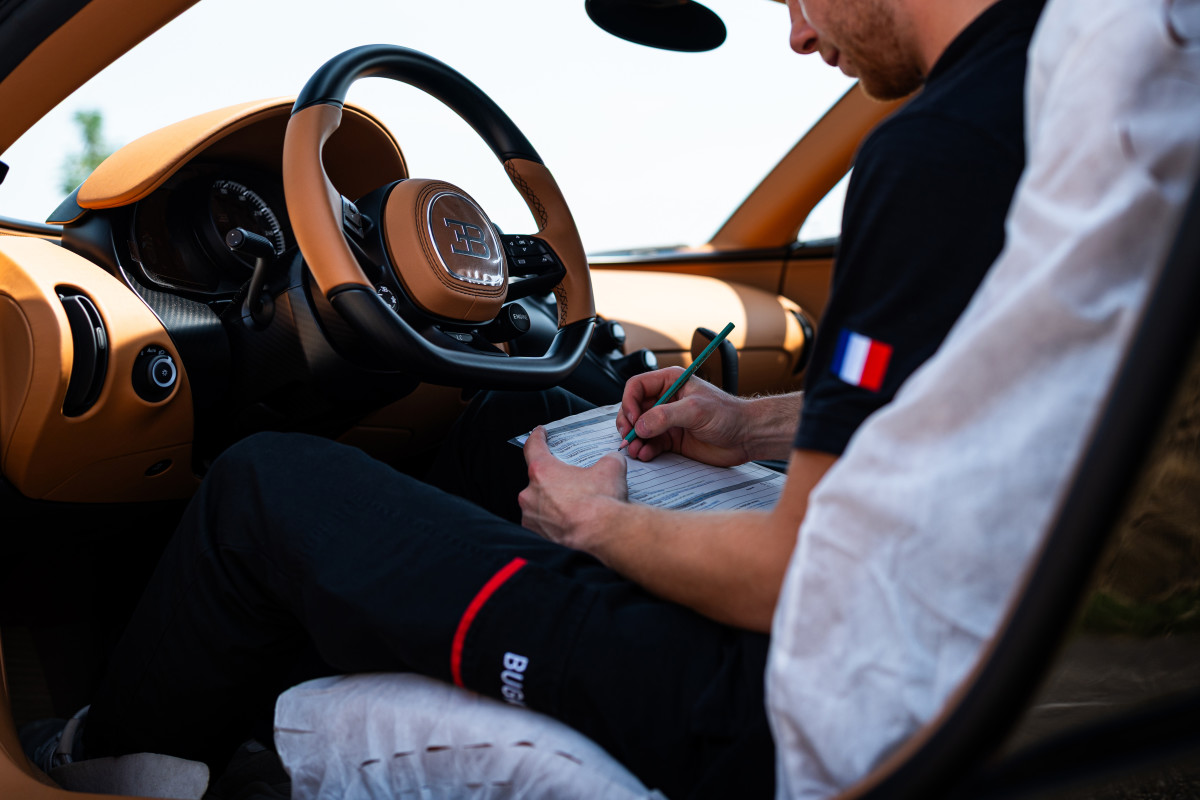
The 8.0-liter quad-turbo W16 engine in the Mistral produces 1,578 horsepower. Power goes to all four corners via a seven-speed dual-clutch automatic transmission, and, at full bore, 70,000 liters of air is fed through the W16 via air intakes positioned behind the headrests.
Although based on the successful Chiron, the W16 Mistral looks like a completely new car. Its striking design is inspired by past Bugattis like the 1934 Type 57 Roadster Grand Raid and even the modern Divo.
Rare and with a price reserved only for the ultra-rich, the testing program for the W16 Mistral is one of the most comprehensive in the industry, and is befitting for a car of this stature.
